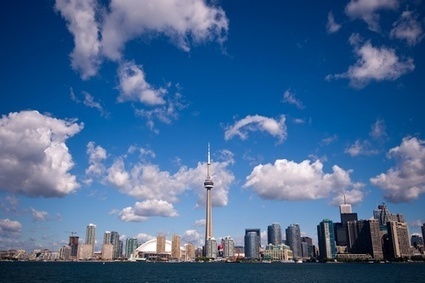Happiness is a fleeting commodity in reality, it comes and goes, but the perception of happiness is the real bottom-line driver for cities and their branding.
What makes urban dwellers happy? According to a 10,000 respondent, 20 country research effort from GfK Custom Research, it is a location-based perception: does your city offer you places to go that make you happy? Apparently, the perception-reality gap is what is really interesting the city governments. Happiness is a fleeting commodity in reality, it comes and goes, but the perception of happiness is the real bottom-line driver for cities and their branding.
The winning locations end up being quite obvious candidates; entertainment and cultural heavyweights, beautiful urban areas and laid-back lifestyles lead the march...
See more statistics and data at the infographic and article link.
Via Lauren Moss



 Your new post is loading...
Your new post is loading...

![The Happiest Cities in the World [Infographic] | Ordenación del Territorio | Scoop.it](https://img.scoop.it/Zeb8Gtz0839ns1-PUwgLGjl72eJkfbmt4t8yenImKBVvK0kTmF0xjctABnaLJIm9)








Ciudades felices y ciudades inteligentes son #ideas que siempre deben ir de la mano #smartcities, no te pierdas esta #inforgrafía